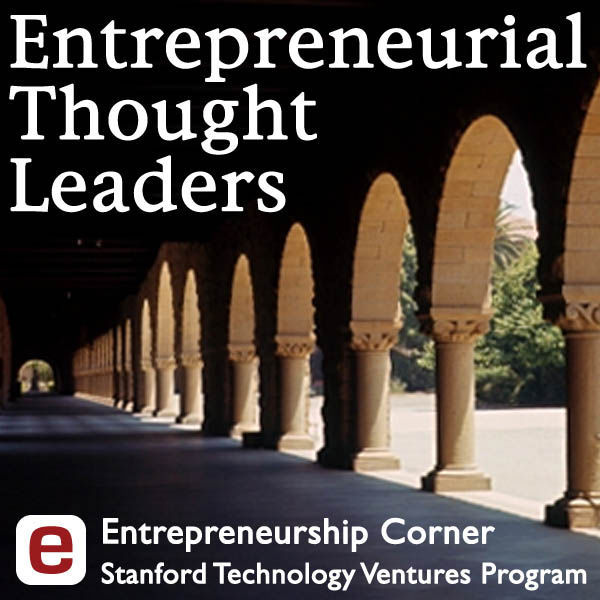Founder Lesson
Two years ago I was working with my co-founder to help renovate an old building in downtown Atlanta to become a startup hub. We didn't know anything about construction, so there were lots of lessons. Perhaps the biggest lesson was that construction is a process with lots of fits & starts. You decide one day to put a particular type of lighting in all the offices and then you have to wait two weeks to get the lights. Then you get them and realize that they sent the wrong ones. Then you finally get the right ones and start to install them and realize that you have the wrong drill bit. Then you get the right drill bit and realize that the lights won't fit in 20% of the offices because those offices are slightly different, so you have to find another solution for those offices. This goes on and on.
It's impossible to create a process that totally eliminates fits & starts in construction...it's just a part of the process that you have to get use to.
Startups are just like this. You decide that you can create a disruptive app in a particular space. You start to manually test and then realize that you were going after the wrong group of customers. So you start to test with the right group of customers, but realize that the solution that works best for them is different than what you expected. So you build a prototype product for the right people in the right way, but then realize that their usage cadence is only every 90 days, so they forget about your app. So now you have to solve this. This goes on and on.
For both construction and startups it's difficult to see ten steps down the road until you are already on step five or six. Or sometimes you can't even see step ten until you are completing step nine.
It's counterintuitive for first-time founders, but every problem that exists where you can see step ten from step one has already been solved. Often it's been solved by larger organizations because they are very good at directing large amounts of resources at straight-forward problems.
So (by design) startups are left to solve non-obvious problems.
(this is good btw because it's often where high-growth opportunities lie)
Because this is the startup journey for everyone it's always best to start with the simple stuff and then go from there.
This is one of the major lessons described in this podcast by Instagram's head of product. He says to do the simple thing first because...
Systems get more complex as they grow. If you start simple, you can grow from there. If you start complex, you are in trouble.
Starting simple means forcing yourself to identify the most important elements of the problem. You'd be surprised by the percentage of founders who can't identify the most important/magical element of what they plan to launch.
In the beginning you have no idea if you are on the right path. So doing the simple thing first allows you to get something out there quickly. If it's wrong, you can dump it and try something else because you didn't dedicate too much time/effort. If it's right, you can build on it.
As a first-time founder you have to have the vision and passion for what your startup can be when millions of consumers are using your thing, but - until you have product-market fit - go from one simple step to the next to learn as much as you can.
And if you are particularly interested in similar topics, here are all my blog posts tagged “ persistency."
Get Right to the Lesson
I’d recommend listening to the entire thing, but to get right to the point go to minute 13:46 of this podcast/video.

Thanks to these folks for helping us all learn faster
Kevin Weil (@kevinweil), VP of Product at Instagram (@instagram)
Stanford University (@Stanford)
Stanford ECorner (@ECorner)
Please let me and others know what you think about this topic
Email me privately at dave@switchyards.com or let's discuss publicly at @davempayne.
The best startup advice from experienced founders...one real-world lesson at a time.
